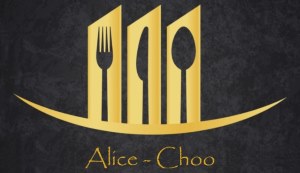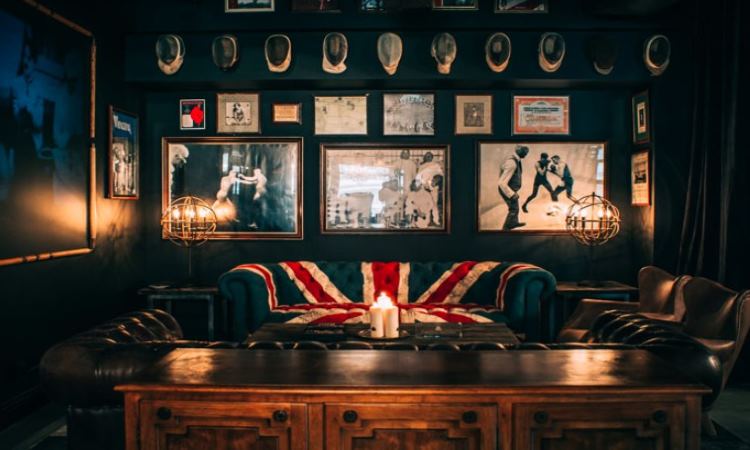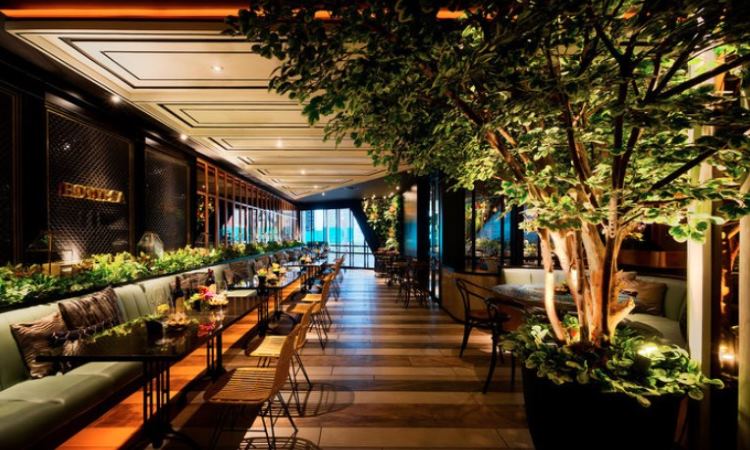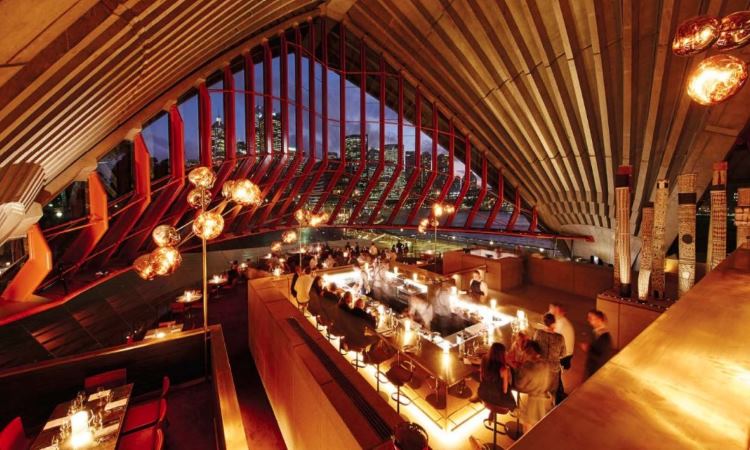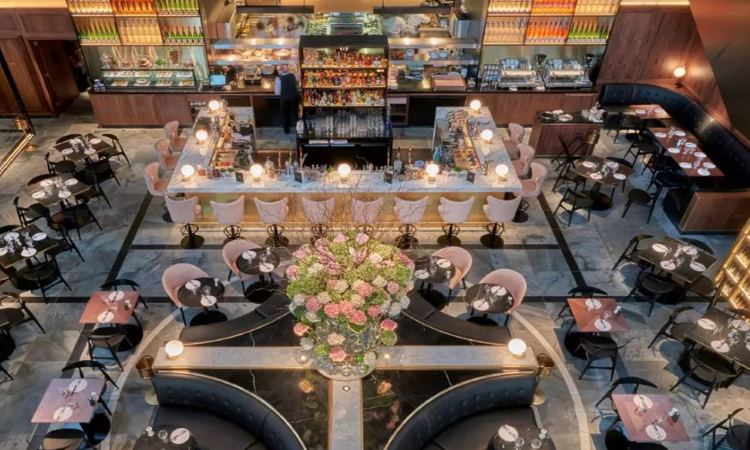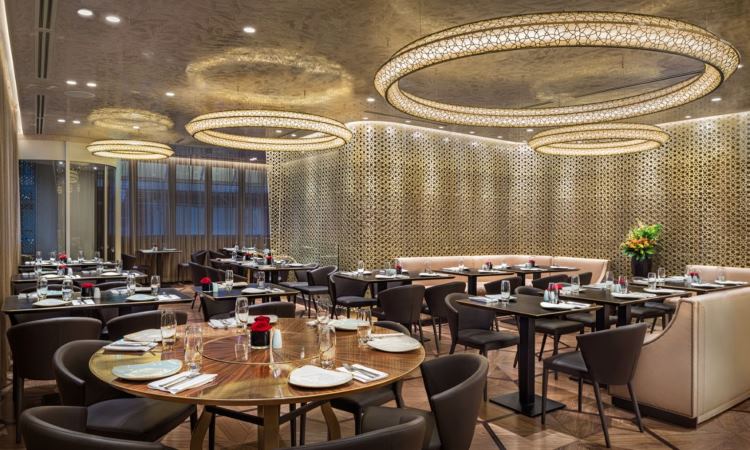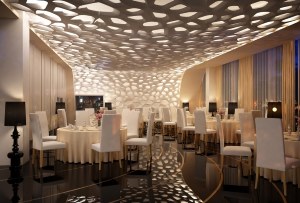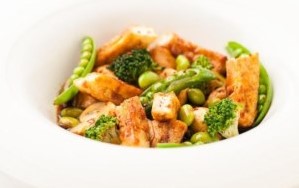How to Plan a Restaurant
When planning a restaurant, you will have chosen to provide a cuisine that you are passionate about and that you have proven in your business plan is one that can be successful in the location you have chosen. Here we look at some of the planning you will need to do to refine your restaurant ideas further.
Concepts
Having your idea about what sort of restaurant you want to open and your target audience, take some time to do some additional research into the market to see what people want in your area. Also check out your competitors to see what you can do either differently or better to stand out.
Concepts act as a way of giving advance notice to patrons as to what they can expect from you. It also gives you some structure to your planning. Mid-scale restaurants are often family-friendly and offer a casual environment with food seen as being of good value. Up-scale restaurants offer a more formal atmosphere and the quality of the ingredients are better than mid-scale with more expensive cuts of meat or a wider selection of specialist dishes for example. Up-scale restaurants also charge higher prices and have decor similar to fine-dining establishments which focus more on adults than families.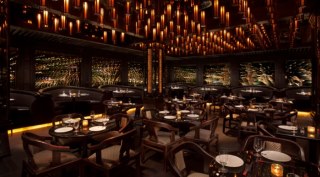
Layout
Layout and design play a major part in the success of your restaurant. As a general rule of thumb, restaurants allocate between 45-65 percent of the space as the dining area. The kitchen takes up another 35 percent, leaving the rest for storage and office space.
Dining area
The dining area is where you will make the most of your money. This means that you cannot cut corners in your design. It’s worth visiting other restaurants in the area to see what works and what does not. Are the seats comfortable? Do the patrons like the decor? Research has shown that between 40-50 percent of diners arrive as a couple; 30 percent come either alone in a group of three and 20 percent in groups of four or more. Use tables for two that can be pushed together so that can accommodate different sized parties.
Production area
A well designed production area will provide an efficient and organised kitchen service, which leads to good service. Allocate space for receiving, storage, food preparation, cooking, baking, dish-washing, production aisles, waste storage. You also need to provide facilities for your employees and a small office for management duties. Your menu will determine what is needed in the production area, with everything arranged just a few steps from the cook. Also allow more than one cook to be able to next to each other during your busiest hours.
